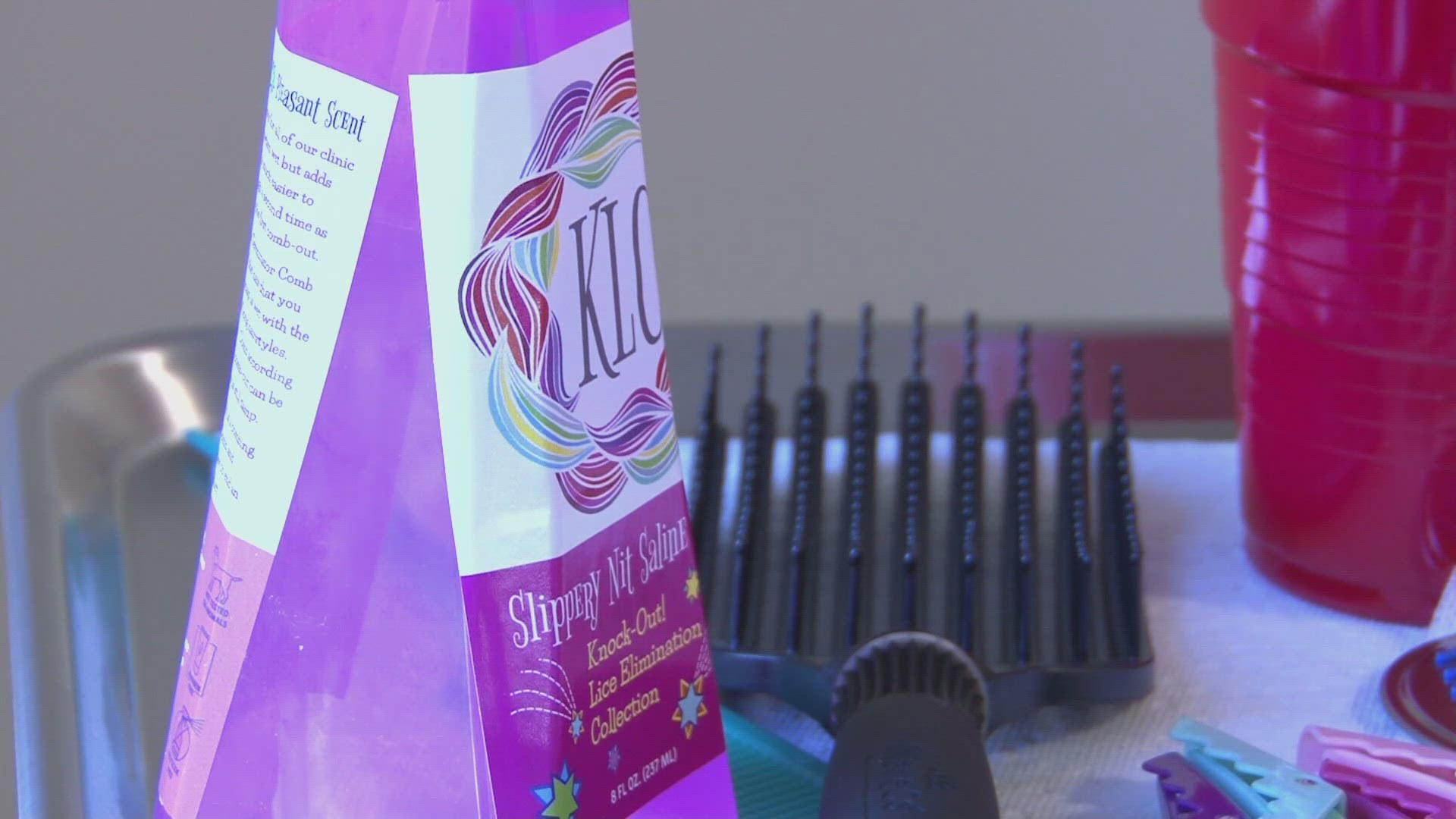KNOXVILLE, Tenn. — School may be out for the summer, but that's not stopping lice from making their way through town.
The most common way to get lice is through head-to-head contact, like hugs. According to experts, the insects are not more common from one season to the next.
"Due to head lice being exposed from one human to another human, pretty much when humans are in contact with another, especially elementary and preschool-aged children," said Dr. Mathew Blair, a pediatrician. "Then, since we have those around all the time, it doesn't depend on the season."
Lice is not life-threatening. However, it is an inconvenience. Blair said families worried about head lice should watch out in case children excessively scratch their heads.
According to John Hopkins Medicine, step one to staying safe from head lice is understanding how it spreads.
"Head lice don’t jump, they don’t live on pets and they have nothing to do with personal hygiene." the group said. "The most common way head lice spread is by head-to-head contact. This means your child must have been touching heads with someone who has head lice. This may happen during sports, slumber parties or playtime in or outside of school."
Another step is to contain head lice problems by not hugging or making close contact, checking other kids and adults in the household and washing hats and pillowcases. JHM said head lice eggs are firmly attached to the base of the hair, often looking like dandruff.
"But if you examine them with a magnifying glass, you can see that nits are oval-shaped and not flat," JHM said. "Adult head lice are tan-colored and can be seen moving quickly along the hair or across the scalp."
JHM said one option to remove head lice is to remove the hair for extreme situations.
"Head lice need a human host to survive. If the hair is gone, so are head lice," said JHM. "While cutting a child’s hair may seem like an extreme solution, it may be a viable course of action for some parents. If your child already gets short haircuts, it may make sense for you to deal with head lice by destroying their habitat."
JHM said some over-the-counter options such as shampoos may not always work. Commonly, they may not work because families do not use them properly.
"Parents may split one dose into several applications or otherwise deviate from the directions," said JHM. "You shouldn’t see any crawling head lice after the first treatment if you apply it correctly. If you are still seeing live crawlers, then you may have missed a step or the treatment is not effective against the type of lice your child has."
JHM said that if no live crawling insects are seen three weeks after treatment, it's safe it assume they are gone. However, the group said to stay alert for suspicious head-scratching among children.

